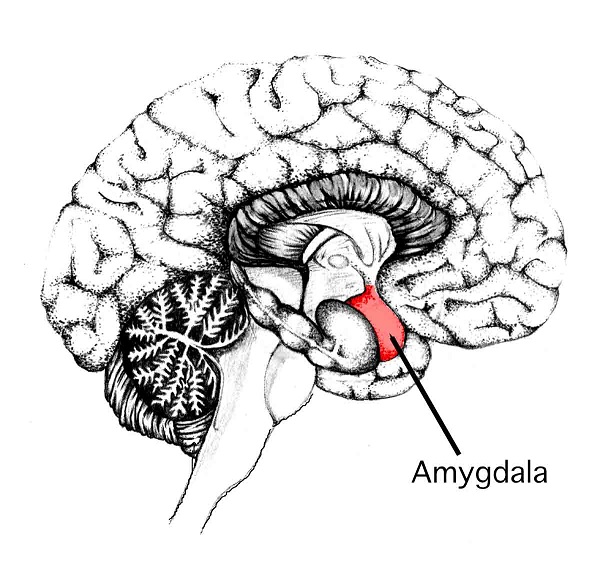Contact Us
Fill in the form below or you can also visit our contact us page.
By: Dr. Orville Leverne Clubb, Head of ITS Education Asia BTEC Centre
Life does not consist mainly, or even largely, of facts and happenings. It consists mainly of the storm of thought that is forever flowing through one’s head.
– Mark Twain
As a university Psychology student in the 1970’s, I remember a classic experiment conducted by Jane Elliott called “Blue eyed/ Brown eyed training”. This experiment showed how a year 3 class could be formed into an in-group that would discriminate against an out-group based on eye color. How is it that children can be taught to treat each other in such a way? If you ever have time watch an interesting video of the experiment.
It wasn’t till Social Identity Theory that this eye color grouping could be explained. In the 1970s Social Identity Theory was formalized by Henri Tajfel and his graduate student, John Turner. The theory was developed to understand inter group discrimination. Tajfel’s and Turner’s research attempts to identify the minimal conditions that would lead members of one group to discriminate in favor of the “in-group” which they belonged and against another “out-group”. Tajfel was in the French army during WWII and had been taken as a POW. The driving force behind Tajfel’s research was he wanted to understand how the holocaust could have happened.
Tajfel’s and Turner’s theory states that a person has “Multiple personal selves” which correspond to the individual’s group memberships in their environment. This would include family, club membership, where we work, religious affiliation, education level, race, nationality and so on. Different social contexts cause an individual to think, feel and behave on basis of these group memberships giving his “level of self”. This causes an individual to have multiple “social identities”. A social identity is the individual’s self-concept which the person gets from perceived membership and social status in the individual’s social groups. Social identity is an individual’s perception of what defines the “us” associated with a group membership. This is different from “personal identity”which is a self-knowledge that is derived from the individual’s unique attributes which give us “I”. A group’s membership will create an in-group/ self-categorization that favors the in-group at the expense of the out-group leading to displays of in-group favoritism. After joining a group, individuals seek to achieve positive self-esteem by positively judging their in-group by comparing it to an out-group on some value dimension. Thus a person’s sense of who they are is defined in terms of ‘we’ in the in group rather than just ‘I’ .
Technology has now added a new tool for the psychologist and psychiatrist – fMRI (functional magnetic resonance imaging). This new tool presents the first images of the underlying neuroactivity of political bias, religions bias, racial prejudice and other biases that we interpret about the world through our learned culture. In the two studies on racial prejudice cited in the article We’re prejudiced, now what? fMRI presented the first images of the underlying neuroactivity of racial prejudice. Professor Allan Hart, an Amherst social psychologist, found that when white and black subjects were given subliminal glimpses of faces of the other race, both groups showed increased activity in the two amygdalas. Another study by a New York University neuroscientist, Elizabeth Phelps, found that the amount of increased amygdala activity directly correlated with both physiological and psychological testing evidence for prejudiced responses. Based upon these and subsequent studies, the amygdala is now thought to be integral to the development of unconscious bias. The amygdala is responsible for all our emotional behaviors such as fear, anger, sadness, arousal, etc. It controls behaviors essential for the survival of the being in an unconscious manner.

Since the above studies used university students as subjects, a question is: Were these students born with this prejudice or was the prejudice learned?
How far will we go to to defend our groups traits and beliefs? In a previous blog, I discussed Richard Dawkins’ meme theory. Maybe he developed the theory of memes to back up his Fundamentalist Atheist in-group with science. There is even proof that we discriminate on our regional accents.
In this blog, I did not find space to explore “Virtual Tribalism”. I will dedicate my next blog to how the internet is changing our views and culture.
Understanding human psychology and group behavior is integral to an understanding of modern business. Dr Clubb leads the ITS Education Asia BTEC HND in Business, a two year course leading to a Level 5 Diploma which can easily be topped up to a full bachelor qualification.